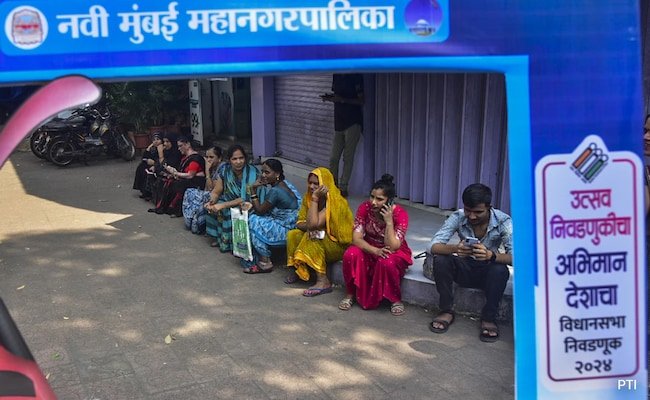
The “air proximity” occurred when AI Airbus-319 (VT-SCG) from Delhi was at flight level 19,000 feet and descended to 15,000 feet reportedly on air traffic control (ATC) clearance. However, at the same flight level Nepal Airlines flight from Kuala Lumpur, flight RNA-416, was also descending to land. The two aircraft had close to 200 people on board and then one plane ascended and the other descended to avoid a collision.
Three air traffic controllers (ATCOs) at Kathmandu Airport have been suspended for this air prox. The Air India pilots operating this flight, AI 213, have been off-rostered (taken off flying duty) pending investigation.
“Air India crew saw the flight coming from the other direction and immediately informed Kathmandu air traffic control. The ATC asked Air India crew to ascend sharply to avoid a collision, which they did and a tragedy was averted,” said people in the know. While AI ascended, the Nepal Airlines is learnt to have descended to 7,000 feet to avoid collision.
The Civil Aviation Authority of Nepal tweeted: “Air Traffic Controllers (ATCs) of Tribhuvan International Airport involved in traffic conflict incident (between Air India and Nepal Airlines on 24th March 2023) have been removed from active control position until further notice.”
Air Traffic Controllers (ATCs) of Tribhuvan International Airport involved in traffic conflict incident (between Ai… https://t.co/wnZzoGkAa4
— Civil Aviation Authority of Nepal (@hello_CAANepal) 1679810088000
Air India has informed Indian authorities that they were asked to descend to 15,000 feet by ATC. Nepal authorities are investigating this air proximity and Indian Directorate General of Civil Aviation (DGCA) has sought information from them which is awaited. With a questionable safety record, Nepal aviation authorities will examine if the two aircraft were at assigned flight levels or did one of them wrongly ascend to 15,000 feet as only one of them was supposed to be there at a time.
Comments were sought from AI on this issue and awaited till the time of going to press. AI A-319 is a 122-seater (114 economy and 8 business). The number of passengers on the two planes on a conflicting flights path is not yet known.
Nepal authorities have reached out to Indian DGCA for action in this case.
The “traffic alert and collision avoidance system” (TCAS) made mandatory for all aircraft after the Charkhi Dadri crash of 1996 has since then saved thousands of lives in several air prox cases. On November 12, 1996, the outskirts of Delhi had witnessed the worst-ever mid-air collision when a Saudi Arabian Boeing 747, which had taken off from IGI, collided with a Kazakhstan Airlines Ilyushin-76 that was flying into the capital, at Charkhi Dadri, killing all 349 people on board the two planes.
This collision avoidance system issues two types of advisories to pilots: first a traffic advisory (TA) to give an advance warning to crew of two planes that they are headed in the same direction and in second stage resolution advisory (RA) that asks crew to take evasive action to avoid mid-air collisions.
Watch Close shave: Air India and Nepal Airlines aircraft almost collide mid-air, officials suspended
source
The post is published through a syndicated feed and attributed to Times Of India



